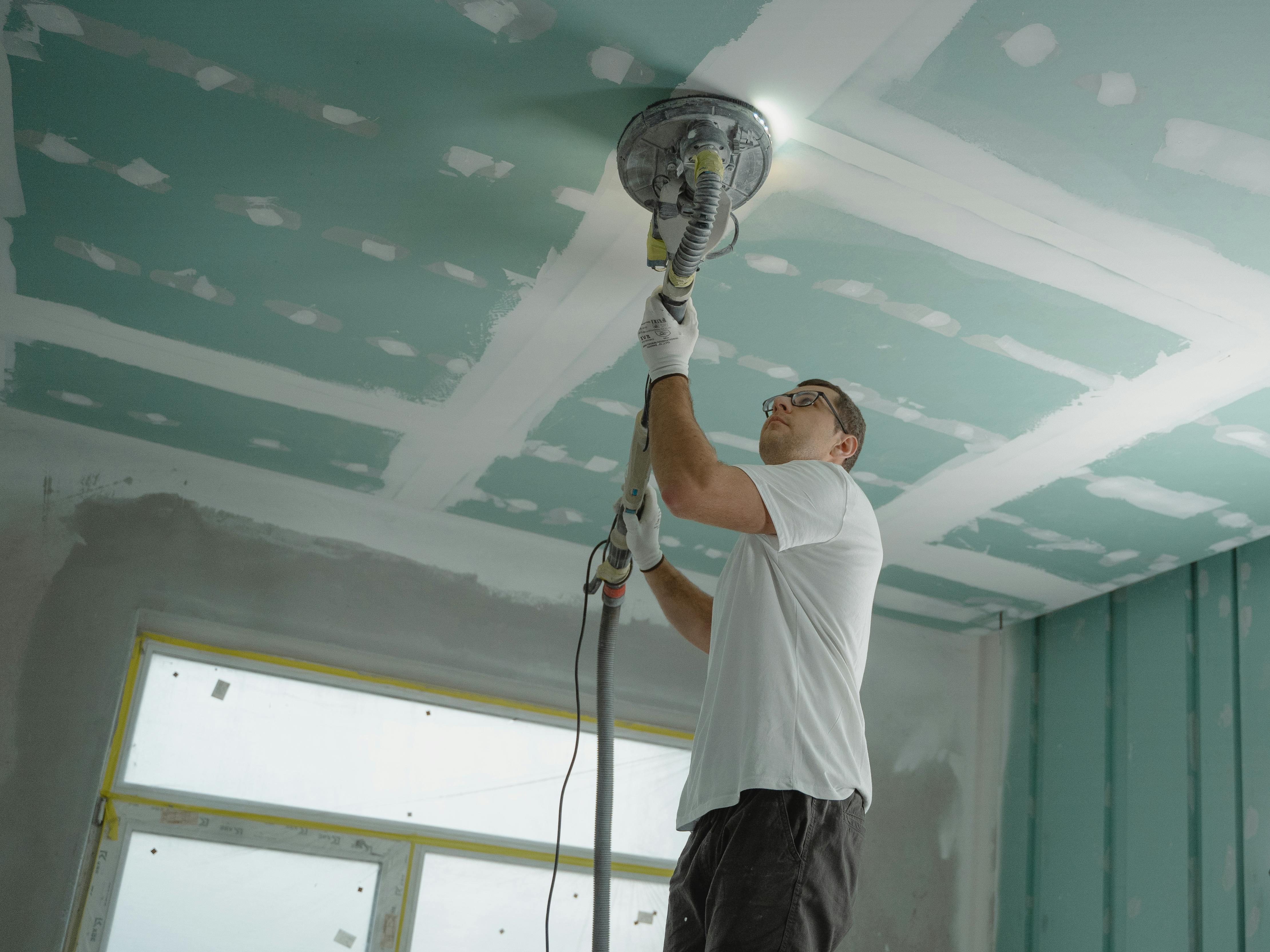Selling a home is a major decision, and one of the biggest questions homeowners face is whether to invest in renovations or sell the property as-is. The right choice depends on various factors, including market conditions, the home’s condition, financial considerations, and personal circumstances. This guide will help you weigh the pros and cons of both options, ensuring you make an informed decision that maximizes your return and meets your goals.
Understanding the Costs of Renovation
Renovating a home can increase its market value and attract more buyers, but it also requires time, effort, and investment. Before committing to renovations, consider the following costs:
1. Financial Costs
- Materials and Labor: Prices for construction materials and skilled labor have risen in recent years.
- Unexpected Expenses: Many renovations uncover hidden issues, such as plumbing or electrical problems, leading to additional costs.
- Permits and Inspections: Certain upgrades require city permits and inspections, adding to the total cost.
2. Time and Effort
- Project Timelines: Depending on the scope of work, renovations can take weeks or even months, delaying the home sale.
- Stress and Management: Overseeing contractors, sourcing materials, and ensuring quality workmanship can be overwhelming.
3. Market Considerations
- Local Buyer Preferences: If buyers in your area prefer move-in-ready homes, renovations may help you sell faster and at a higher price.
- Comparable Sales: Research similar homes in your neighborhood to determine whether upgrades significantly impact sale prices.
The Benefits of Renovating Before Selling
While renovations require investment, they can enhance your home’s appeal and profitability. Key benefits include:
1. Higher Sale Price
- Renovations like kitchen and bathroom upgrades can significantly increase property value.
- Cosmetic enhancements (fresh paint, new flooring) create a strong first impression.
2. Faster Sale
- Move-in-ready homes attract more buyers, reducing time on the market.
- Improved curb appeal and updated interiors generate more interest from potential buyers.
3. Competitive Edge
- Modern, well-maintained homes stand out against older, outdated listings.
- Renovations align with market trends, making the home more desirable.
The Case for Selling As-Is
For some homeowners, selling as-is is the more practical option. This approach eliminates the hassle of renovations and allows for a quicker sale. Here’s why you might choose this route:
1. Lower Upfront Costs
- Avoid spending thousands on repairs and updates.
- No need to worry about fluctuating material and labor costs.
2. Faster Transaction
- Skip renovation delays and list the home immediately.
- Appeal to cash buyers and investors looking for fixer-upper opportunities.
3. Less Stress and Effort
- No need to manage contractors or deal with renovation-related disruptions.
- Ideal for sellers in a time-sensitive situation (relocation, financial hardship, etc.).
Key Factors to Consider When Deciding
1. Current Market Conditions
- In a seller’s market, where demand is high, you may get away with selling as-is at a fair price.
- In a buyer’s market, where competition is higher, renovations may help attract offers.
2. Your Home’s Condition
- If the property has major structural issues, selling as-is may be more practical.
- If only minor cosmetic updates are needed, small investments may yield a good return.
3. Financial Situation
- If you have the funds and time to invest in renovations, it may be worthwhile.
- If you need a quick sale or lack renovation funds, selling as-is makes more sense.
4. Target Buyer Pool
- Move-in-ready homes attract traditional buyers and families.
- As-is properties attract investors and buyers looking for renovation projects.
Cost vs. Return on Investment (ROI) of Common Renovations
Here’s a look at some of the most valuable home improvements and their average ROI:
| Renovation Type | Average Cost | Estimated ROI (%) |
|---|---|---|
| Minor Kitchen Remodel | $15,000 – $25,000 | 75% – 100% |
| Bathroom Renovation | $10,000 – $20,000 | 60% – 80% |
| New Flooring | $5,000 – $15,000 | 70% – 90% |
| Exterior Paint | $3,000 – $6,000 | 60% – 90% |
| Landscaping | $3,000 – $7,000 | 50% – 80% |
| Roof Replacement | $10,000 – $20,000 | 50% – 70% |
Alternative Options: Partial Renovations or Seller Credits
If you’re unsure about fully committing to renovations, consider middle-ground solutions:
1. Partial Renovations
- Focus on high-impact, low-cost upgrades like painting, lighting, and deep cleaning.
- Address only critical repairs that could deter buyers (e.g., leaking roof, faulty HVAC).
2. Offering Seller Credits
- Provide buyers with a credit to cover potential repairs.
- Allows them to customize renovations according to their preferences.
Conclusion: Making the Best Decision for Your Situation
The decision to renovate or sell as-is depends on your financial situation, market conditions, and timeline. If your goal is to maximize your home’s value and you have the resources to invest, renovations could be a smart move. However, if speed and convenience are your priorities, selling as-is may be the better option.
Evaluate your home’s condition, research local market trends, and consult a real estate professional to make the most informed decision. Whichever route you choose, understanding your options will help you sell your home on the best possible terms.




